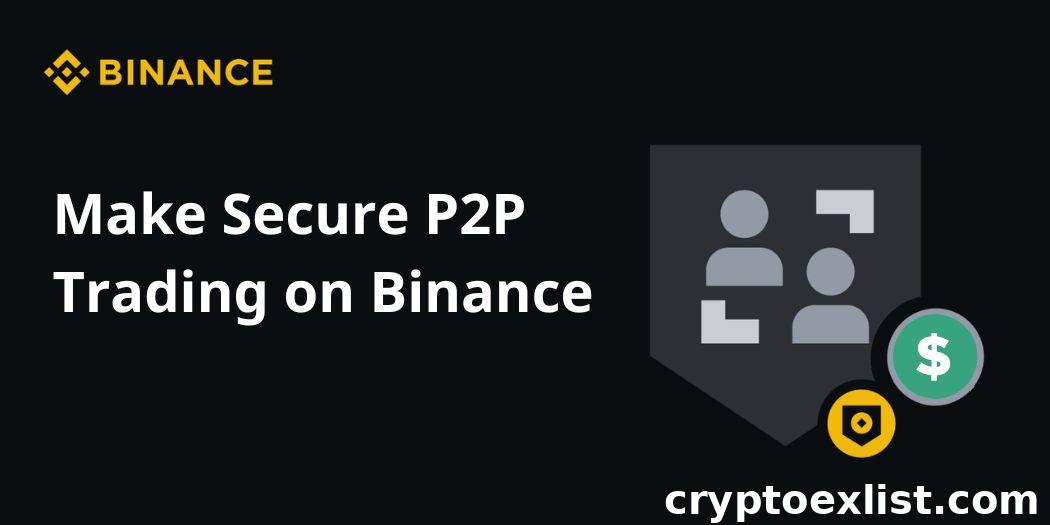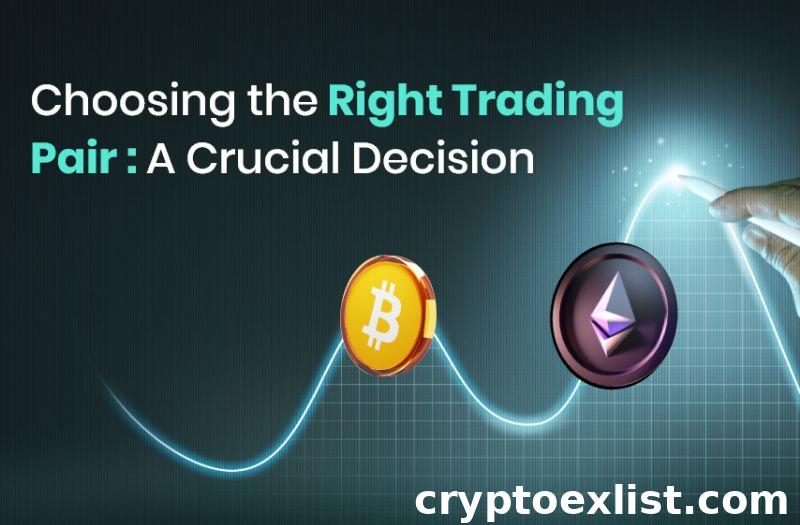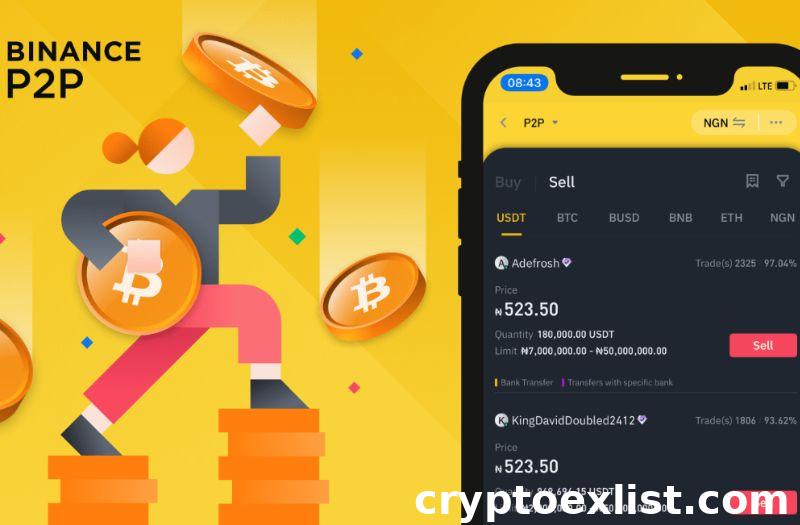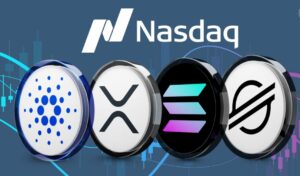
Binance P2P offers a secure and flexible way for users to buy and sell cryptocurrencies directly with one another, making it an excellent choice for both beginners and experienced traders. Setting up your Binance account is the first step to ensuring a smooth and secure trading experience. From creating and securing your account with two-factor authentication to navigating the P2P interface and understanding trade listings, this guide will walk you through everything you need to know to confidently start P2P trading on Binance. We’ll also cover essential aspects like choosing the right trading pair, ensuring transaction security with escrow services, and protecting your personal information.
Setting Up Your Binance Account
Getting started with P2P trading on Binance begins with setting up your account, a simple yet important process that ensures you can trade securely and efficiently. Whether you’re new to the world of cryptocurrency or a seasoned trader, setting up your Binance account will give you access to a wide range of features, including the ability to trade directly with other users through P2P transactions. Let’s break down the steps to create your account, verify your identity, and secure it with two-factor authentication for a seamless P2P trading experience.
Creating an Account
The first step in setting up your Binance account is to create an account on the platform. To get started, visit the Binance website or download the app, then click on the “Register” button. You’ll be prompted to provide an email address or phone number and create a strong password for your account. Once you fill out this basic information, you’ll receive a confirmation code via email or SMS. Simply input the code to complete the registration process. In just a few minutes, you’ll have your Binance account ready to go. This quick setup process ensures that even beginners can get started with P2P trading without any hassle.
Verifying Your Identity
After creating your account, the next step is to verify your identity. This process, known as Know Your Customer (KYC), is a necessary step for accessing Binance’s full range of features, including P2P trading. Identity verification helps ensure the safety and legitimacy of the platform. To verify your account, you’ll need to provide some form of identification, such as a passport, driver’s license, or national ID card, and take a selfie to confirm your identity. Binance’s verification process is typically fast, and once approved, you’ll be able to start trading without any restrictions. Completing this step not only helps you stay compliant with regulations but also adds an extra layer of trust and security to your trading activities.
Securing Your Account with Two-Factor Authentication
Security is crucial when trading on any platform, especially with the increased risks in the crypto space. To further protect your Binance account, it’s highly recommended to enable Two-Factor Authentication (2FA). This security feature adds an extra step to the login process, requiring both your password and a unique code sent to your phone via SMS or an authenticator app like Google Authenticator. By enabling 2FA, you make it much harder for unauthorized users to access your account, even if they somehow obtain your password. This ensures that your P2P trading activities on Binance are secure, giving you peace of mind as you buy and sell cryptocurrencies.

Exploring the P2P Trading Interface
For newbies venturing into Peer-to-Peer (P2P) trading on Binance, understanding how to navigate the platform’s interface is a key step toward successful trading. Binance’s user-friendly P2P section is designed to make it easy for both beginners and experienced traders to buy and sell cryptocurrencies directly with one another. Let’s explore how to navigate this section and make sense of trade listings so you can start trading with confidence.
Navigating the P2P Section
Once you’ve logged into your Binance account, accessing the P2P trading section is simple. From the main dashboard, click on the “Trade” tab, and select “P2P” from the dropdown menu. This will take you to the dedicated Peer-to-Peer marketplace, where you can browse a wide range of buy and sell offers for cryptocurrencies like Bitcoin (BTC), Ethereum (ETH), Tether (USDT), and others. The interface is intuitive, with filters that allow you to sort listings by cryptocurrency, price, and payment method. Whether you’re looking to buy or sell, navigating the P2P section is straightforward, giving you full control over your trades while providing a secure environment for transactions.
Understanding Trade Listings
Once you’re in the P2P section, the next step is to understand the trade listings. Each listing represents an offer from another Binance user, detailing the cryptocurrency they want to trade, the price, and the available payment methods. You’ll also notice information like the trader’s rating, completion rate, and trading limits, which give you an idea of their reliability and preferred trade amounts. It’s important to carefully review these details before initiating a trade to ensure that the offer matches your needs. Binance P2P’s transparent listing format makes it easy for you to compare different offers, find the best prices, and select a trustworthy trading partner. By understanding how to interpret these listings, you’ll be better equipped to make informed trading decisions.
Choosing the Right Trading Pair
Selecting the right trading pair is a crucial part of P2P trading, as it determines the cryptocurrencies you’ll be exchanging and the potential value of your trade. Binance offers a wide variety of trading pairs, allowing users to trade cryptocurrencies against both digital and fiat currencies. Whether you’re trading Bitcoin for stablecoins or looking to exchange altcoins, choosing the right pair is essential for maximizing your trading opportunities.
Popular Trading Pairs on Binance
On Binance P2P, some of the most popular trading pairs include BTC/USDT, ETH/USDT, and BNB/USDT. These pairs are frequently traded because they involve widely-used cryptocurrencies with high liquidity, ensuring that buyers and sellers can easily find trading partners and execute transactions quickly. If you’re a beginner, starting with popular pairs like BTC/USDT is a smart choice, as these pairs often have more competitive pricing and lower spreads due to the higher volume of trades. Additionally, stablecoin pairs like USDT provide less volatility compared to other cryptocurrencies, making them ideal for traders who want a bit more stability.
Factors to Consider When Selecting a Pair
When choosing a trading pair, there are several factors to consider. First, think about liquidity—how easily you can buy or sell the asset. Popular pairs tend to have higher liquidity, meaning trades can be completed faster and with less price slippage. Next, consider the price volatility of the currencies involved. Some pairs may fluctuate more frequently, offering higher profit potential but also greater risk. Additionally, review the payment methods available for each listing, as different pairs might support various forms of payment such as bank transfers, mobile wallets, or cash. By carefully considering these factors, you can select the trading pair that best aligns with your goals and risk tolerance, ensuring a smoother P2P trading experience.

Initiating a P2P Trade
Starting your journey with Peer-to-Peer (P2P) trading on Binance is an exciting step, especially as it gives you full control over your trades and the opportunity to directly connect with buyers and sellers. As a beginner, it’s important to know how to find trusted trading partners and make your first transaction securely. Let’s explore how you can find the right buyer or seller and execute your first trade smoothly on Binance P2P.
Finding a Trusted Seller or Buyer
One of the key advantages of Binance P2P is its transparent user system, which helps you find trustworthy buyers or sellers. When browsing trade listings, take a close look at each trader’s profile, which includes their user rating, the number of completed trades, and their completion rate. These metrics give you insight into the trader’s reliability and professionalism. Aim for traders with a high completion rate and positive feedback from previous transactions to ensure a smooth experience. Binance also provides an option to filter verified merchants, who have passed additional checks and are considered more reliable. By focusing on these elements, you can significantly reduce the chances of encountering fraudulent or unreliable users, making your trading experience more secure.
Making Your First Trade on Binance P2P
Once you’ve found a trusted buyer or seller, it’s time to make your first P2P trade. Start by selecting the trade listing that suits your needs, ensuring that the price and payment method align with your preferences. After selecting the offer, Binance will prompt you to confirm the amount you wish to trade and the agreed payment terms. If you’re a buyer, you’ll send the payment directly to the seller via the method they’ve provided, such as a bank transfer or mobile wallet. Binance’s escrow service will hold the cryptocurrency until the payment is confirmed. Once the seller verifies that they’ve received the payment, the crypto will be released to your Binance wallet. For sellers, the process works in reverse—simply wait for the buyer’s payment before confirming and releasing the assets. This easy process ensures that even beginners can complete trades with confidence on Binance P2P.
Ensuring Transaction Security
Security is paramount when it comes to P2P trading, and Binance has built-in measures to protect both buyers and sellers. By understanding how to use these security features, such as escrow services and recognizing potential scams, you can trade with peace of mind. Let’s dive into the best practices for securing your transactions on Binance P2P.
Using Escrow Services
One of the standout features of Binance P2P is its escrow service, which acts as a safety net for both parties involved in the trade. When you initiate a trade, Binance automatically holds the seller’s cryptocurrency in escrow. This means that the assets are secured by Binance and will not be released to the buyer until the seller confirms receipt of payment. For buyers, this eliminates the risk of paying for an asset and not receiving it, while sellers can rest assured that their cryptocurrency is safely held until they verify payment. Escrow services create a layer of trust, making P2P trading far more secure and reliable, especially for those new to the platform.
Recognizing and Avoiding Scams
Although Binance P2P offers a secure environment, it’s always important to stay vigilant and recognize potential scams. One common red flag to watch for is users who request to complete the trade outside of Binance’s platform, bypassing the escrow system. Always ensure that all communications and transactions happen within Binance to maintain the protection of the escrow service. Additionally, be wary of buyers or sellers who ask for excessive personal information or use high-pressure tactics to rush you into a trade. If you notice anything suspicious, Binance provides a reporting feature, allowing you to flag potentially fraudulent users. By sticking to the platform’s rules and utilizing the built-in security features, you can minimize risks and enjoy a safe P2P trading experience.
Payment Methods for P2P Trading
One of the key advantages of Peer-to-Peer (P2P) trading on Binance is the variety of payment methods it offers. Having multiple options allows traders to choose the most convenient and secure way to complete their transactions. Whether you’re buying or selling cryptocurrency, understanding the accepted payment methods and their pros and cons can help you make the best decision for your trades.
Accepted Payment Options on Binance
Binance P2P supports a wide range of payment methods to accommodate users across different regions. Popular options include bank transfers, mobile payment services like PayPal and CashApp, and even cash payments in certain areas. The availability of these payment methods can vary depending on the country you are trading in, so it’s important to choose a payment option that works best for both you and your trading partner. One of the great things about Binance is its flexibility—you can select the payment method that suits your personal preferences, ensuring a smooth transaction process.
Pros and Cons of Different Payment Methods
Each payment method comes with its own advantages and drawbacks. Bank transfers are often the preferred method due to their reliability and the ability to track payments. However, they can take longer to process, especially if international transfers are involved. Mobile payment apps like PayPal or CashApp offer faster processing times, but they might charge higher transaction fees. Cash payments provide a more anonymous option but require in-person exchanges, which can pose safety risks. It’s important to weigh these factors based on your priorities—whether it’s speed, cost, or privacy—when selecting the best payment method for your P2P trades.
Protecting Your Personal Information
When engaging in P2P trading, protecting your personal information is a top priority. While Binance P2P offers secure trading, taking additional steps to safeguard your data can help ensure your privacy throughout the process. By following best practices for data privacy and maintaining some anonymity while trading, you can protect your identity and financial information.
Best Practices for Data Privacy
To protect your personal information during P2P trading, always avoid sharing sensitive details like your home address, full name, or personal bank account numbers outside of the platform. Binance P2P allows communication through its secure chat function, ensuring that any information exchanged between you and the other party remains encrypted. It’s also a good idea to use a separate email address for your trading activities, especially if you’re handling larger transactions. Always be cautious of phishing attempts and avoid clicking on suspicious links. By keeping your communication within Binance’s secure channels and being mindful of the information you share, you can reduce the risk of data breaches.
Staying Anonymous While Trading
For those who value anonymity, P2P trading offers some unique opportunities to maintain privacy while still engaging in cryptocurrency transactions. While Binance requires KYC verification to protect its users and comply with regulations, there are steps you can take to reduce the amount of personal information shared with your trading partner. Choosing payment methods that don’t require direct bank account access, such as mobile wallets or prepaid cards, can help maintain a degree of anonymity. Additionally, avoid making cash payments in person unless you’re certain of the trade’s security. By opting for digital payment solutions and sticking to encrypted communication, you can stay relatively anonymous while trading on Binance P2P.

Monitoring Your Trades
As a newcomer to Binance P2P trading, keeping track of your trades is an essential part of managing your cryptocurrency transactions effectively. Monitoring your trades ensures you know the status of each transaction, allowing you to respond promptly if any issues arise. Whether you’re dealing with pending trades or confirming completed transactions, staying on top of your trades helps create a smoother and more secure trading experience.
Tracking Pending Transactions
When you initiate a P2P trade on Binance, it’s crucial to track the status of your pending transactions. Once a trade request is made, the transaction will enter a pending state while both parties—buyer and seller—complete their respective steps. You can easily track the progress of your trade through the “Orders” section in your Binance account. Pending transactions will show whether the payment has been made, received, or still in progress. By regularly checking the status, you can ensure that no steps are missed, such as confirming payments or releasing cryptocurrency. Binance P2P also offers notifications to alert you when an action is required, ensuring you’re always up to date on your trade’s progress.
Confirming Successful Trades
Once both parties fulfill their obligations, it’s time to confirm the trade’s completion. On Binance P2P, successful trades are confirmed when the buyer has made the payment and the seller has released the cryptocurrency from escrow. For sellers, it’s important to double-check that the payment has been received in full before releasing the digital assets. Buyers, on the other hand, should ensure that the cryptocurrency appears in their wallet after the trade is confirmed. Binance makes this process simple by providing clear prompts to confirm each step of the transaction. After the trade is completed, it’s a good practice to leave a review or rating for the other party, which helps build trust within the Binance P2P community.
Conclusion
P2P trading on Binance is a reliable and user-friendly platform that provides traders with the tools they need to make secure transactions. By setting up a well-protected account, understanding the trade interface, and choosing the right trading pairs, you can navigate the P2P marketplace with ease. Binance’s built-in features like escrow services and a variety of payment methods offer both security and convenience. Additionally, practicing good data privacy and keeping an eye on your trades will ensure a safe and efficient trading experience. Whether you’re new to cryptocurrency or an experienced trader, Binance P2P is designed to help you trade confidently in the crypto market.























